YouTube Policy Changes 2018
YouTube is changing the policy for anyone who wants to be part of the YouTube partner program.
This change is something that YouTube has been working on for a long time. This isn’t something they just decided yesterday. This didn’t happen because of the Logan Paul controversy. So, what’s changed? If a channel doesn’t have 4,000 hours of watch time in a year and at least 1,000 subscribers, that channel will no longer be allowed into the partner program until they have hit that mark. Maybe your channel received an email from YouTube saying that you no longer have access to monetization tools.
This all started in 2017. You remember 2017 when everyone overreacted to everything? Well, a news story came out in the UK that an ad from a big brand was shown before some content promoting terrorism. This was an isolated incident and there are actually some questions as to whether this really happened. Regardless, it was a case of bad journalism. This was an isolated incident but, because of the story, some big brands overreacted and stopped advertising on YouTube. Because they overreacted, YouTube overreacted and demonetized a bunch of channels they felt were controversial. Mind you, most of these channels were not controversial. (This will be known to future generations as the “AD-Pocalypse”.) A little overdramatic, but a lot of people lost a lot of money and some are still losing money. All of this led YouTube to expand their demonization to any idea that they didn’t agree with, whether there was merit for it or not. This led to lawsuits from channels like Prager University. Now, it is important to remember that YouTube has the right to remove any content they would like. After all, it is their platform. YouTube’s vague rules allow them to say they are a free and open platform, but in reality, they are silencing any voices they disagree with. This all could have been avoided if they had taken some time to educate brands and lazy agencies about how to avoid having their content run alongside content they didn’t like. All of the tools were already there, but inexperienced marketers and agencies failed to protect their clients.
Fast forward to 2018 and more unnecessary changes that now hurt small channels… YouTube is now saying that this is an effort to stop people from starting a channel and causing problems like spamming, impersonating, or re-uploading and being paid for it. They are going raise the bar for when you can make money with your content, and limit some of the features available until you hit that mark of 1,000 subscribers and 4,000 hours of watch time in a year. These changes don’t really make sense because they don’t stop the bigger channels from making content that people disagree with and getting paid for it.
Not only will this apply to new YouTube channels, but, if the requirements are not met, it will retroactively apply to channels like mine; which has been around since 2008. That bar has moved a few times, but this is the first time YouTube is changing it for older channels.
If your business has been waiting to start a YouTube channel, it just got a little harder to make money on YouTube. However, there is nothing holding you back from starting a channel. The features that you really need are still going to be available to you. As a matter of fact, it may make things a little easier because they are moving some of the features that are needed by businesses outside of the partner program. The partner program is a fancy way to say, ‘we want to show ads before people can watch your video.’ Well if you are a selling a product or a service, you shouldn’t have been showing ads before your videos anyway because your videos were, in all reality, an ad and you shouldn’t make someone view an ad before they watch your ad. A how-to video about your product is technically an ad. It always bugged me that I had to monetize my clients’ channels to get access to some of the features we needed to build an audience. I am glad we will still have access to these features.
- Cards
- Custom urls
- Custom thumbnails
- End screens
- Live streaming
- Scheduling videos
What will be affected for small channels.
Super chat and sponsorships.
Videos that will be allowed to monetize will have to be verified by humans for compliance, again letting someone’s opinions dictate which content is appropriate. So, if the human viewer doesn’t like what you have to say, they can keep you from earning money on YouTube. This shouldn’t be a problem for brands, as long as they don’t take a real stand for something that these compliance officers don’t like. I wonder if they will fix the problem they currently have where if you use certain words in the title or description of your video you can get demonetized.
What can brands do to fast track this? They can buy ads and/or learn how to use the platform better. Social media has been pay to play for some time now and this just makes that more necessary. It is also going make ads cost more.
If your goal is to start a YouTube channel and make money from your channel, don’t let this stop you. Think more like a business owner and don’t let the fact that you are not going to make any money from YouTube right way stop you. There are a lot of ways to make money on YouTube without YouTube’s help.
This doesn’t make YouTube any less valuable as part of your marketing strategy, just different. YouTube says that this won’t stop them from promoting your video in search. In the social media world, things change fast, so in that respect, it is just another day at work. YouTube says you don’t have to buy ads to get your videos to show up in search and I believe this is true because they are separate systems. However, it isn’t easy to get videos to show up in search because YouTube is over saturated with video.
I hope this helps shift your mind set on how you make money on YouTube. You should never count on one platform for your income. This is a good example of how quickly things can change and ruin your business.

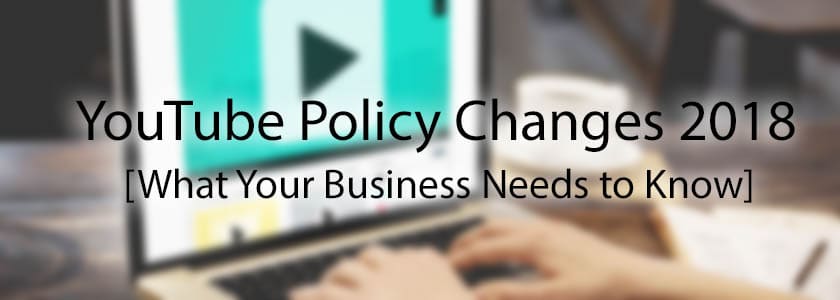
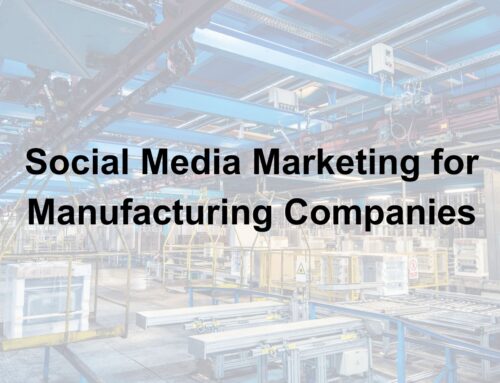
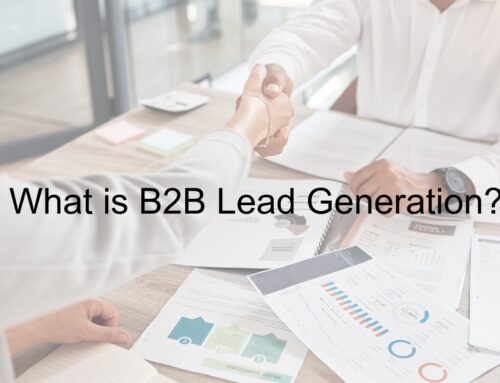
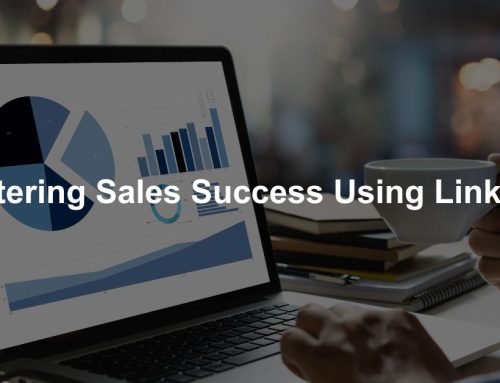
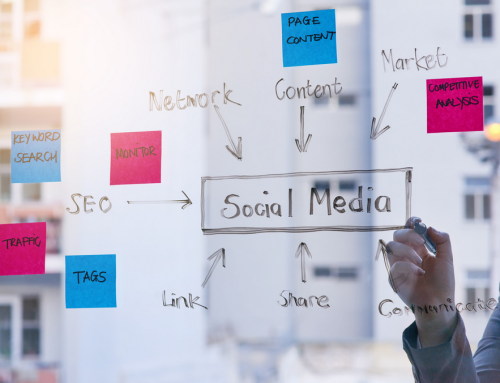
Leave A Comment